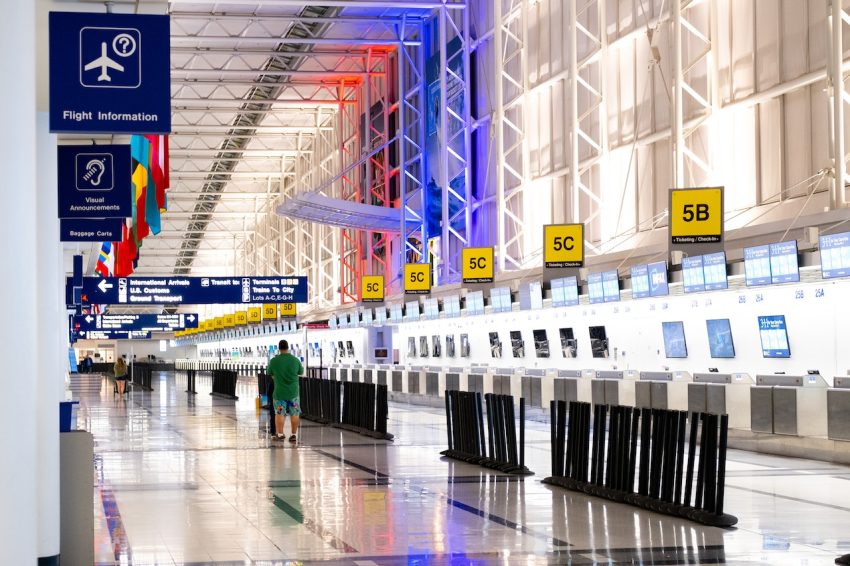BARCELONA – Authorities in Spain have confirmed that their external border checkpoints will be operational with all the required equipment for the implementation of the new Entry/Exit System (EES) soon.
The Communication Cabinet of the Spanish Ministry of the Interior has confirmed that the system would be up and running by the end of 2023 or early 2024.
Spain intends to install 1,500 Manual Border Control Inspection units across all of its border-crossing points and had announced that it had hired French multinational company ‘Thales’ for equipping its border checks with such technology.
Previously in 2022, Thales had said that it would deploy the modern systems before May 2023; however, the plan seems to have been delayed for a few months.
“The contract will be executed over the next eight months, during which these modern systems will be deployed at airports, ports, and land crossings throughout Spain,” the company had said at the time as reported by Schengenvisainfo.
It is still not clear at how many of the Spanish border control points the equipment has been deployed.
The Entry/Exit System (EES) will be an automated IT system for registering travelers from third-countries, both short-stay visa holders and visa-exempt travelers, each time they cross an EU external border.
The system will register the person’s name, type of travel document, biometric data (fingerprints and captured facial images) and the date and place of entry and exit, in full respect of fundamental rights and data protection.
EES will replace the current system of manual stamping of passports, which is time-consuming and is also not reliable and will contribute to preventing irregular migration and help protect the security of European citizens.














